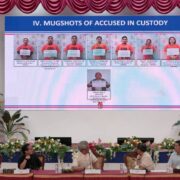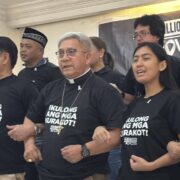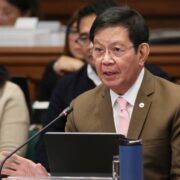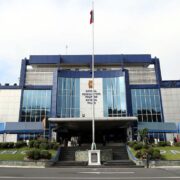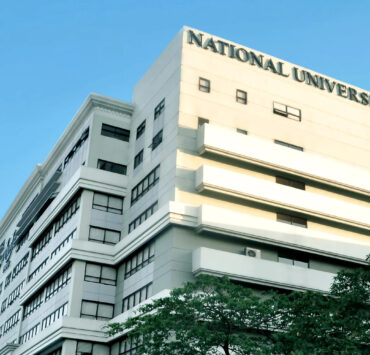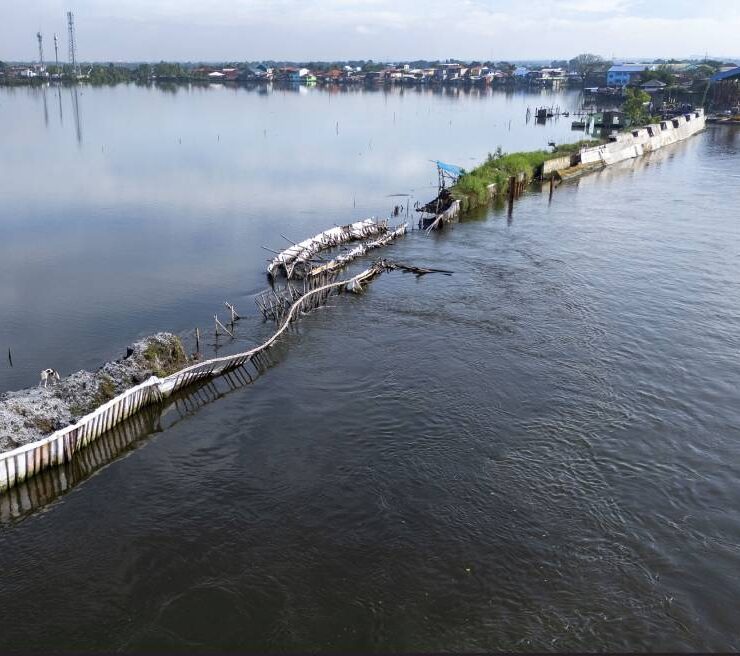‘Windfall’ from flood control scam
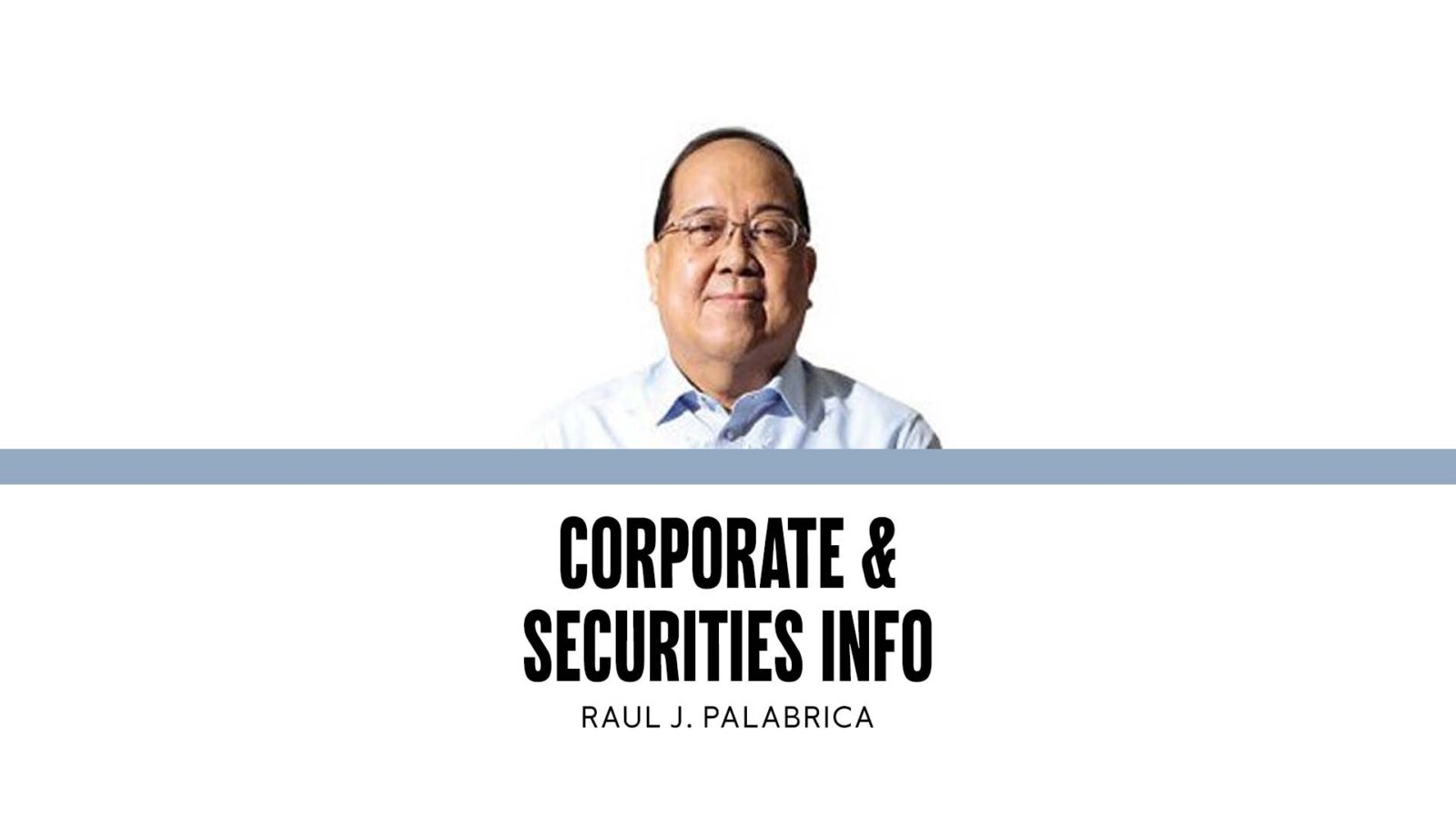
The Sandiganbayan and Office of the Ombudsman will have their hands full these coming days as the Independent Commission for Infrastructure (ICI) and Department of Public Works and Highways ramp up the filing of cases against the people allegedly involved in anomalous flood control projects.
The ICI said that as many as 1,200 people may be involved in the scandal. That number may increase after military and police staffs who have been tasked to check on those projects in other parts of the country submit their report later to the ICI.
When those cases are filed in court, it would be a reason for rejoicing by litigation lawyers and insurance companies; it would be like manna from heaven. The respondents or accused in those cases would need the services of skillful trial lawyers to avoid conviction.
Aside from handling the defense in court, the lawyers may have to double up from time to time as spokesperson of their clients to answer question about them from the media.
With social media already a part of daily life, lawyers of politically exposed clients have their work cut for them outside the courtroom without violating the subjudice rule (or restriction on the public discussion of pending court cases).
Since billions of pesos are involved in those projects and there is widespread public outcry, it should not come as a surprise if those lawyers demand six- or seven-figure acceptance fees and four-figure hourly rates for the preparation of their clients’ defenses and attendance in the preliminary investigation and court trial.
If associate lawyers or paralegals may have to be involved in those proceedings, a lesser rate, but nonetheless not cheap, would be charged for their services.
It would be easy to justify the lawyer’s demand for “an arm and a leg,” so to speak, as consideration for his or her services if the client is a principal player in the scandal and is perceived to have received tons of money from “ghost” or substandard projects.
Chances are—because the kickbacks did not come from honest work and a conviction could mean spending decades in prison and forfeiture of unlawfully acquired wealth—paying those fees, plus actual expenses incurred in the course of the trial, would be a no-brainer. They would be promptly paid.
Although some of the charges that may be filed by the Ombudsman are nonbailable, the right to bail may be availed of or granted to the accused who appears to be less guilty, or the evidence of guilt may not be strong.
Proving the presence of those circumstances would be a test of the ability of the lawyer to, among others, find loopholes in the information filed, or skillfully use the humanitarian card to convince the court that the accused is not a flight risk due to his or her age or medical condition.
If this bid is successful, there is, however, the possibility that the court may impose bail in an amount that would ensure the attendance of the accused during the trial and, most importantly, would not be perceived by the public as being soft on the people who stole their money.
It would be a boon to insurance companies if that right to bail is liberally construed by the court.
Although there are standard rates on insurance premiums for criminal cases, the insurer may increase them depending on their evaluation of the ability or sincerity of the accused to appear in court when their presence is required.
Note that if the accused jumps bail, the insurer would be required to forfeit in favor of the court the amount of the bail granted. That prospect would result in adverse financial consequences to the insurer and, worse, losing accreditation as an authorized bail provider.
As things are evolving, the flood control project scandal may be described as a seller’s market for lawyers and insurance companies, as the alternative to the buyer is something they can ill afford.
The saying “one man is sorrow is another man’s joy” applies squarely to the worse scandal that has hit Congress in its checkered history.


